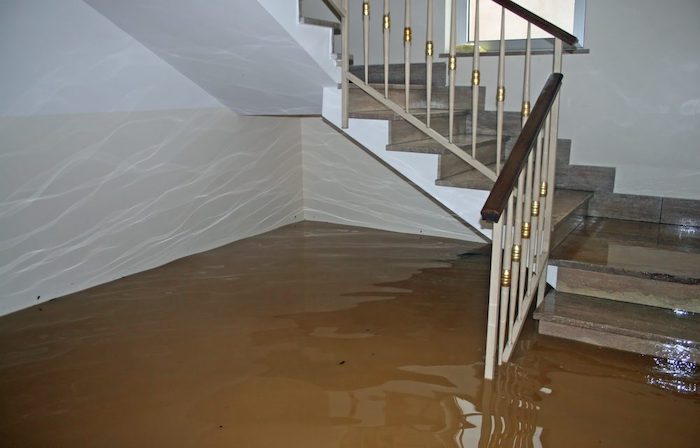Nowadays, instances of floods have increased tremendously. Although floods are more prone to tropical and coastal areas, flash floods may occur even if you are living in low-lying areas.
If a persistent heavy rainfall occurs for a very long duration, then the chances of floods in local water bodies become significantly high.
Apart from natural flood, the statistical reports indicate an unusual hike in artificial floods due to roof leakage, application malfunction, failure of the plumbing system, overflowing tanks, and so on.
Apart from a large amount of water and tangible damages, floods are also accompanied by dirt, dust, and a large amount of disease-causing germs.
Proper cleaning, including through sanitization and disinfection, is crucial post-flood. You need to the entire home or business premises, and give extra attention to the stuff that was in contact with the floodwater.
If you have no clue about water damage clean up, you can contact a water damage professional for prompt and reliable service.
To ensure that you clean the mess properly, you can refer to this checklist:
Step 1: Eradicate mud and dirt
After the accumulated water has been eradicated, you need to eliminate the residual mud and dirt. You can procure sturdy boots, gloves, a shovel, and collecting buckets.
Use the shovel to put the deposited dirt and mud from the floor to the trash bucket. Dump this collected mud outside your premises, in the dump yard.
Do not fill the entire trash can; it will become difficult to manage when it is half-filled transfer the contents to a garbage bag.

Step 2: Dispose the useless items
Unfortunately, adverse floods render some items of our home irreparable; we have no choice but to dispose of such items.
If furniture has been exposed to rainwater for a long period of time, it may be highly subjected to mold and mildew formation. If you don’t remove them, the mold formation will also get initiated in the other furniture, so you must discard them to avoid further damage.
Persistent exposure to water weakens the wood articles’ structure, so they must be inspected; if found weak, they should be dumped.
Step 3: Sanitizing and Disinfecting All Surfaces
Post-flood, you must take a disinfectant solution in a cloth and wipe out all the affected surfaces in the room.
Add two tablespoons of bleach in a bucket full of water to prepare a dilute solution to avoid mold and mildew formation. Stay cautious that you don’t over saturate the surfaces; wring out your towel completely before each use.
If you have a vacuum cleaner, you may use that to get rid of the tiny particles that are often ignored without supporting equipment. Don’t use bleach, disinfectant, or any other cleaning supplies simultaneously; this may lead to unwanted chemical reactions.
Step 4: Dry-up the Salvageable Items
Collect all the articles that can be dried and place them out in the sunlight. Don’t leave them outside for a very prolonged period; this may destroy the structural integrity.
Once they are completely dried, put them back to their original place. Disinfect all the curtains and bed sheets by washing and bleaching them. Rugs, sofa covers, and other valuables should be sent professional cleaning.
Step 5: Ensure proper ventilation
Before you start designating the articles back to their place, make sure that the room has proper ventilation.
Open all the doors and windows to allow cross-ventilation. Run the fans in their full velocity to increase the air circulation inside the room. You can even rent additional supplementary fans to speed up the drying process.
Proper ventilation helps in getting rid of the foul odor produced post-flood clean up.